Video
Unique Properties
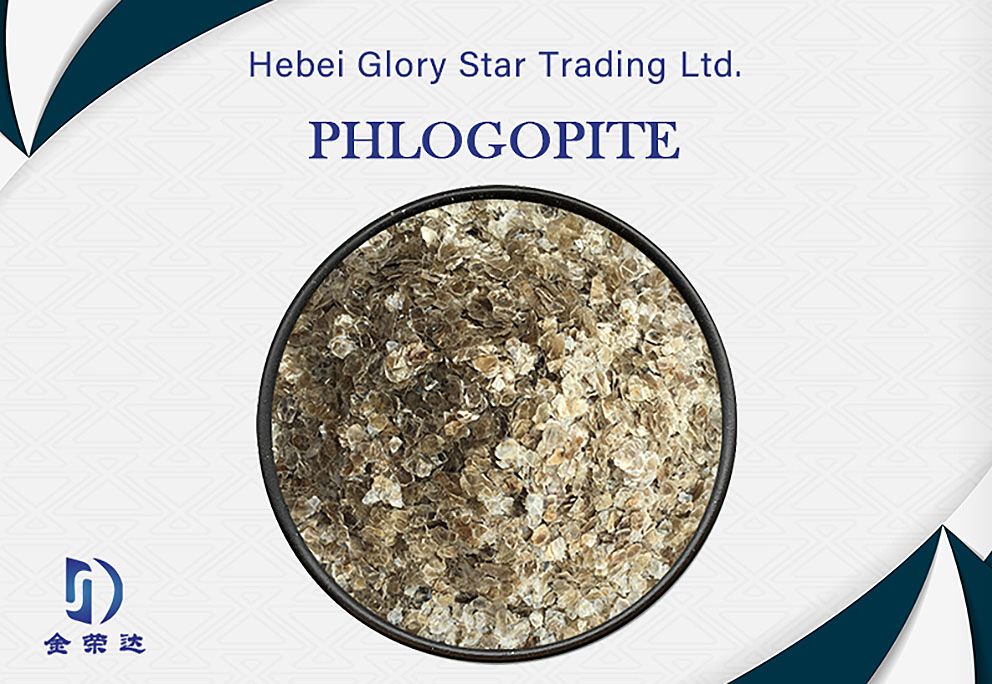
● Layered structure
● Chemical resistance
● Low thermal conductivity
● Heat stability
● Low coefficient of friction
● Vibration damping (acoustics)
● Flexible
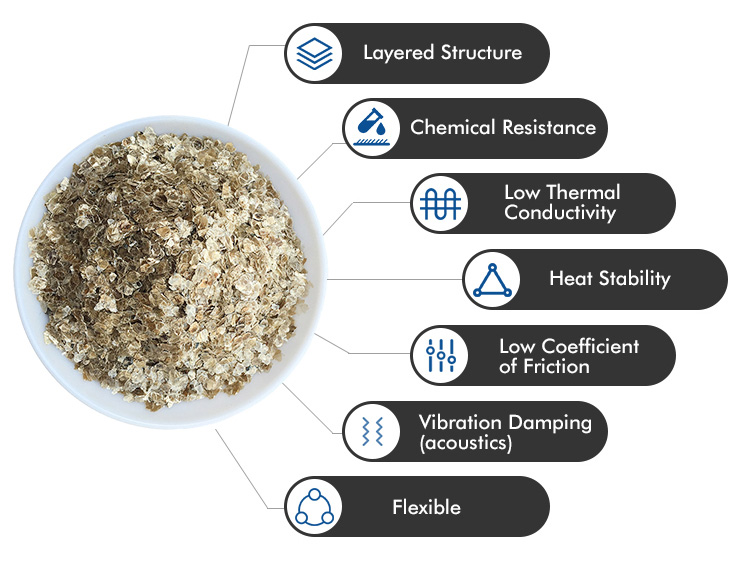
Chemical Composition
|
Element |
SiO₂ |
Al₂O₃ |
K₂O |
Na₂O |
MgO |
CaO |
TiO₂ |
Fe₂O₃ |
S+P |
|
Content (%) |
40.6-48.5 |
10.8-19.8 |
8.2-9.8 |
0.6-0.7 |
20.5-23.8 |
0.4-0.6 |
0.8-0.9 |
1.5-7.5 |
0.02 |
Physical Property
| Thermal Resistance (℃) |
Mohs Hardness |
Density (g/cm3) |
Dielectric Strength (KV/mm) |
Tensile Strength (MPa) |
Modulus of Elastictiy (106Pa) |
Melting Point (℃) |
|
800-900 |
2.65 |
2.70-2.85 |
122 |
157-206 |
1395-1874 |
1375 |
Processing Technology
There are two manufacturing processes of mica powder: dry grinding and wet grinding. We have our own factories to produce these two products.
Dry ground mica powder is produced by physical grinding without changing any natural property of mica. We adopt total enclosed filling system to guarantee quality during the whole production process. In the screening process,we also employs proprietary equipment and technology to ensure uniform particle distribution and stable quality. As to its superior performance, dry ground Muscovite has been extensively used in production of various products, including fiber cement construction panels / wallboards, plastics, rubber, paint, coating, welding electrodes, oil drilling and brake pads.
● Dry ground process
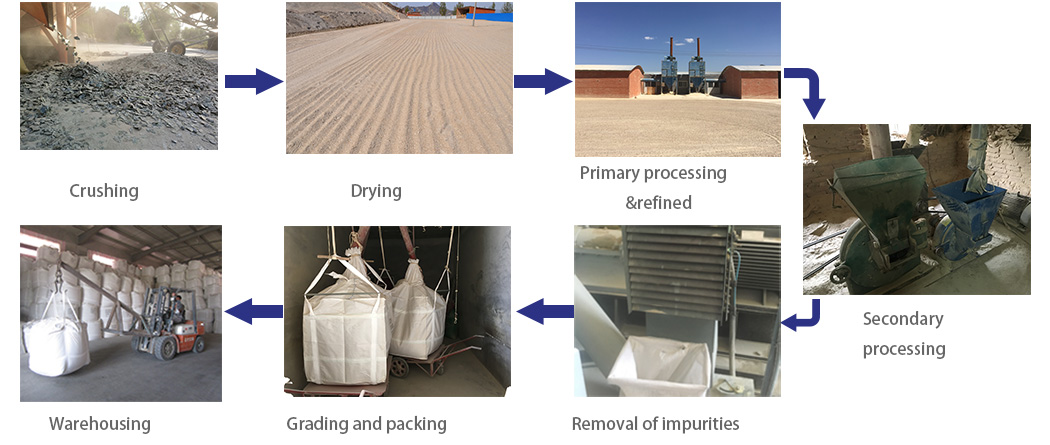
Wet ground mica powder is produced from natural mica flakes through a series of processes, including cleaning, washing, purification, wet grinding, drying, screening and grading. The unique production process retains the sheet structure of mica , therefore wet ground mica is featured by large radius-thickness ratio, low sand and iron content, high purity, whiteness and glossiness. The unique property of wet ground mica makes it widely used in industries such as paint, coating production, rubber, plastics and ceramics. It is especially effective to improve product's electrical strength, rigidity, heat resistance and to reduce molding shrinkage and cost.
● Wet ground process
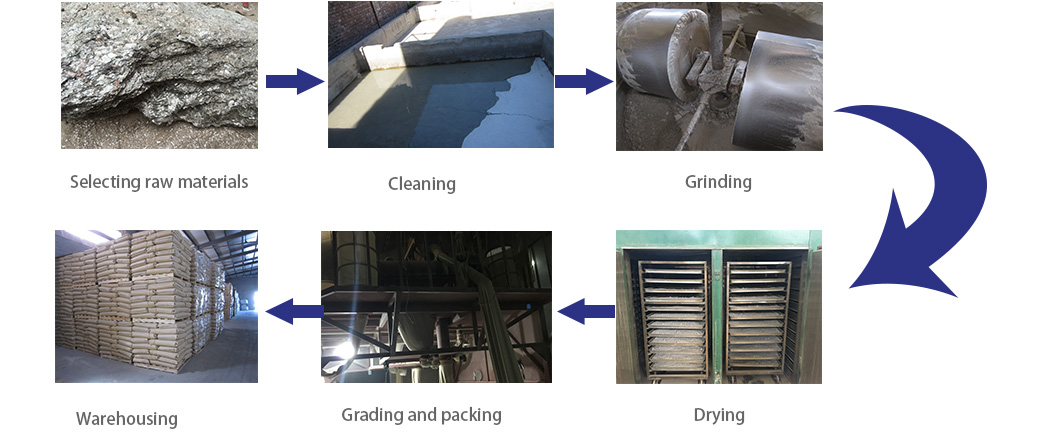
Certificate
Our factories have achieved ISO Certificate, 23 technologies have obtained national patents.
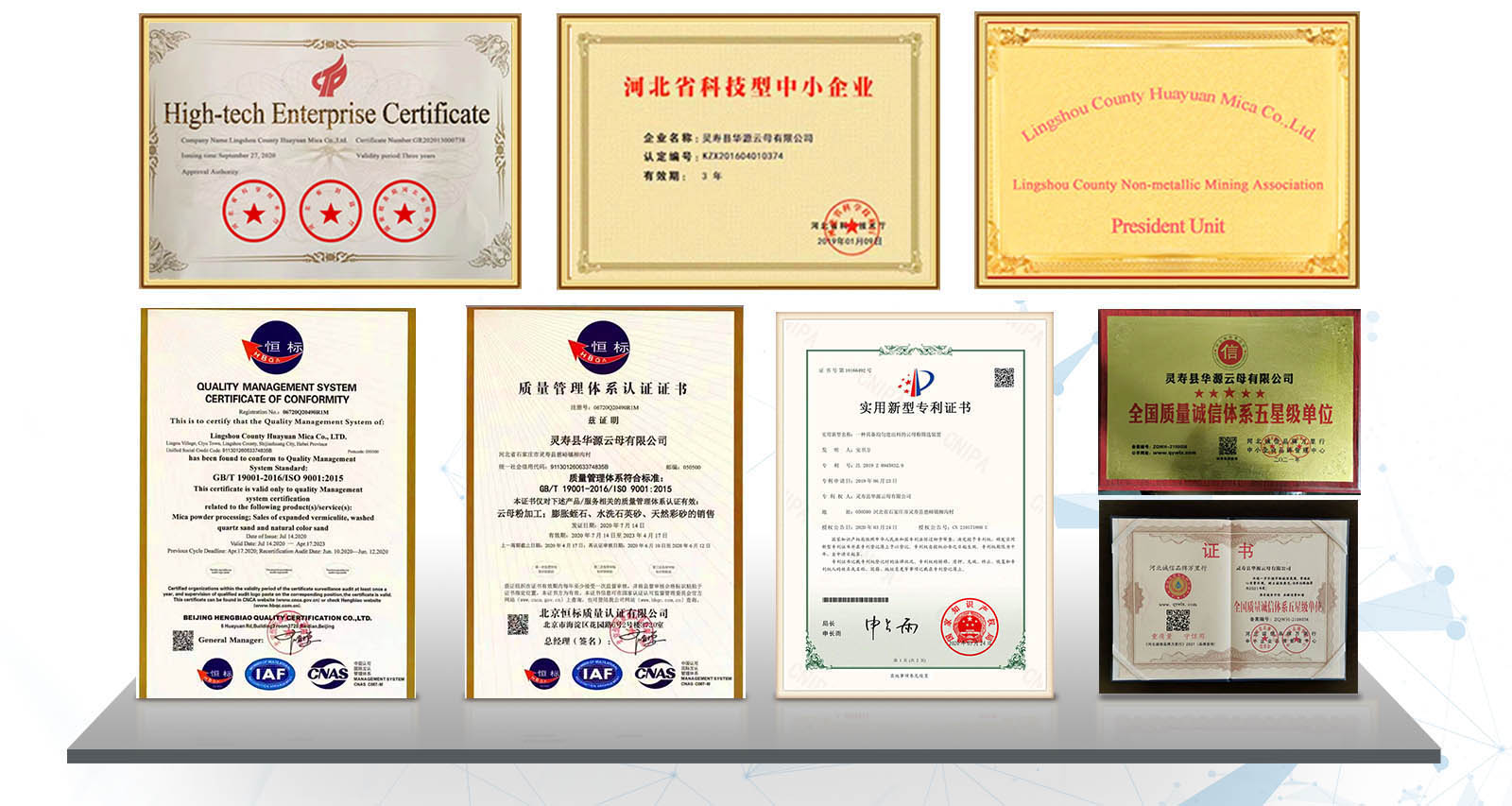
Phlogopite Mica Meaning: A Versatile Material for Refractory Applications
Phlogopite mica is a highly valued material in various industrial sectors due to its exceptional heat resistance, electrical insulation properties, and mechanical strength. As a type of mica mineral, phlogopite mica plays a critical role in producing refractory materials, where it enhances durability and performance under extreme conditions. This article explores the meaning and significance of phlogopite mica, its applications in refractory materials, and the advantages of using phlogopite mica sheet and other phlogopite-based products.
What is Phlogopite Mica?
Phlogopite is a silicate mineral that belongs to the mica group, with distinctive bronze or golden-brown hues. Unlike other forms of mica, such as muscovite, phlogopite has a higher resistance to heat, making it particularly suitable for high-temperature applications. The mineral is often processed into products like phlogopite mica sheet and phlogopite mica paper, which are used in various industries, including refractories, electrical insulation, and the automotive industry. The unique properties of phlogopite stem from its composition, which includes magnesium, aluminum, and silicon. These properties allow phlogopite mica to retain its strength and flexibility even under extreme heat, making it ideal for use in environments that experience intense temperatures. It also exhibits excellent thermal stability, dielectric strength, and resistance to corrosion, all of which make it a highly sought-after material for industrial applications.
The Role of Phlogopite Mica in Refractory Materials
One of the most significant applications of phlogopite mica is in the production of refractory materials. These materials are designed to withstand high temperatures without degrading, making them essential in industries like metal casting, steel production, and the manufacture of heat-resistant equipment. Phlogopite mica is commonly used in the creation of refractory bricks, insulating boards, and other heat-resistant components due to its ability to retain strength and form even in extreme conditions. When used in phlogopite mica sheet form, this material can serve as a lightweight, heat-resistant insulation solution for a variety of industrial processes. Its high thermal resistance ensures that it does not lose its properties or degrade when exposed to high temperatures, which is a critical requirement for any refractory material. Furthermore, phlogopite mica enhances the thermal efficiency of the equipment, reducing energy loss and improving overall performance.
Advantages of Phlogopite Mica Paper and Biotite Phlogopite
In addition to its use in phlogopite mica sheet, phlogopite mica paper is another key product that provides significant advantages in refractory and insulation applications. Phlogopite mica paper is made by bonding phlogopite mica with a variety of substrates, which creates a flexible, lightweight material that retains all the heat-resistant properties of the mineral. This makes phlogopite mica paper an ideal choice for applications that require flexible, durable, and heat-resistant materials, such as gaskets, seals, and electrical insulation. Another important form of mica used in industrial applications is biotite phlogopite, a variant of phlogopite that is particularly known for its enhanced mechanical properties. Biotite phlogopite is often utilized in situations where both strength and flexibility are necessary, and it is commonly found in components that are subjected to physical stress and extreme temperatures.
Phlogopite mica is a crucial material in the production of refractory materials due to its outstanding heat resistance, electrical insulating properties, and overall durability. Whether in the form of phlogopite mica sheet or phlogopite mica paper, this mineral offers exceptional performance in high-temperature environments. The versatility of phlogopite makes it an essential component in a wide range of industrial applications, particularly in sectors where heat resistance and reliability are paramount. As industries continue to demand materials that can withstand extreme conditions, the importance of phlogopite mica will only continue to grow.
Phlogopite Mica Types: Understanding the Versatility of Phlogopite in Industrial Application
Phlogopite mica is a highly valued mineral in various industries due to its remarkable heat resistance, electrical insulating properties, and mechanical strength. It is used in a wide range of applications, including refractory materials, electrical components, and more. There are different types of phlogopite mica, each offering distinct advantages depending on the specific needs of industrial processes. In this article, we will explore the different types of phlogopite mica, including phlogopite mica sheet, biotite phlogopite, and phlogopite mica paper, highlighting their characteristics and uses in industrial applications.
Types of Phlogopite Mica
Phlogopite is part of the mica group of minerals and is characterized by its high resistance to heat, making it an ideal material for industries where temperature stability is essential. One of the primary forms of phlogopite mica is in its phlogopite mica sheet form. These sheets are thin, flexible, and can be easily cut to fit various shapes, making them suitable for a wide range of applications, especially in electrical insulation and refractory materials. Phlogopite mica sheet offers excellent dielectric properties and high temperature tolerance, which makes it invaluable in industries that require materials that can endure extreme conditions without degradation. In addition to phlogopite mica sheet, phlogopite mica paper is another important type of phlogopite product. Made by bonding phlogopite mica with paper or other flexible materials, phlogopite mica paper offers a lightweight and durable solution for high-temperature applications. It retains the inherent properties of phlogopite, such as its excellent thermal stability and resistance to electrical conductivity, making it ideal for use in seals, gaskets, and insulation materials in industries like automotive, electronics, and energy.
Biotite Phlogopite and Its Unique Characteristics
Another significant variant of phlogopite is biotite phlogopite. Biotite phlogopite is a specific type of phlogopite that has unique properties, including enhanced mechanical strength and flexibility. It is highly resistant to heat and is often used in situations where both flexibility and durability are required. This makes biotite phlogopite an excellent choice for applications in the manufacturing of flexible insulation materials, gaskets, and heat-resistant coatings. In addition, biotite phlogopite is often used in combination with other materials to create composite products that need to perform under extreme temperatures and pressure. The primary difference between biotite phlogopite and other types of phlogopite lies in its chemical composition. While phlogopite is primarily made up of magnesium, aluminum, and silicon, biotite phlogopite contains additional iron, which gives it its enhanced mechanical properties. This makes biotite phlogopite particularly useful in demanding applications that require a combination of heat resistance and strength.
Industrial Applications of Phlogopite Mica
The various types of phlogopite mica, including phlogopite mica sheet, biotite phlogopite, and phlogopite mica paper, are widely used across multiple industries. In the refractory industry, phlogopite mica is an essential component in materials designed to withstand high temperatures. Its ability to retain strength and flexibility even under extreme heat conditions makes it a preferred choice in the production of refractory bricks, insulating boards, and other heat-resistant components. Additionally, phlogopite mica and its derivatives, such as phlogopite mica paper, are used extensively in electrical insulation products. The high dielectric strength and low electrical conductivity of phlogopite make it an excellent material for insulating wires, cables, and other electrical components. Moreover, phlogopite mica is also employed in coatings and paints, where it imparts a glossy, reflective finish while also contributing to the durability and heat resistance of the final product.
Phlogopite mica is a versatile material with various forms, including phlogopite mica sheet, biotite phlogopite, and phlogopite mica paper, each offering unique benefits for industrial applications. Whether used for heat-resistant coatings, electrical insulation, or refractory materials, phlogopite mica continues to play a vital role in industries that require materials capable of withstanding extreme conditions. With its impressive thermal stability, mechanical strength, and electrical insulating properties, phlogopite remains a key material in numerous industrial sectors, providing reliable solutions that meet the demands of high-performance environments.

-
 35 Years ExperienceWith 35 years of experience, we deliver unmatched expertise and quality in every project. Our deep industry knowledge ensures reliable, innovative solutions that eet your needs.
35 Years ExperienceWith 35 years of experience, we deliver unmatched expertise and quality in every project. Our deep industry knowledge ensures reliable, innovative solutions that eet your needs. -
 Professional ServiceExperience excellence with our professional service! We deliver top-quality solutions, tailored to your needs, ensuring efficiency, reliability, and customer satisfaction every time.
Professional ServiceExperience excellence with our professional service! We deliver top-quality solutions, tailored to your needs, ensuring efficiency, reliability, and customer satisfaction every time. -
 Powerful Technology SupportEmpowered by cutting-edge technology, we provide strong support for your business needs. Our advanced solutions drive innovation, efficiency, and growth, ensuring you stay ahead of the competition.
Powerful Technology SupportEmpowered by cutting-edge technology, we provide strong support for your business needs. Our advanced solutions drive innovation, efficiency, and growth, ensuring you stay ahead of the competition. -
 Strict Quality Control ProcessOur strict quality control process ensures every product meets the highest standards. From raw materials to final inspection, we prioritize precision and reliability, delivering exceptional quality and consistency.
Strict Quality Control ProcessOur strict quality control process ensures every product meets the highest standards. From raw materials to final inspection, we prioritize precision and reliability, delivering exceptional quality and consistency.
-
01
-
02
-
03














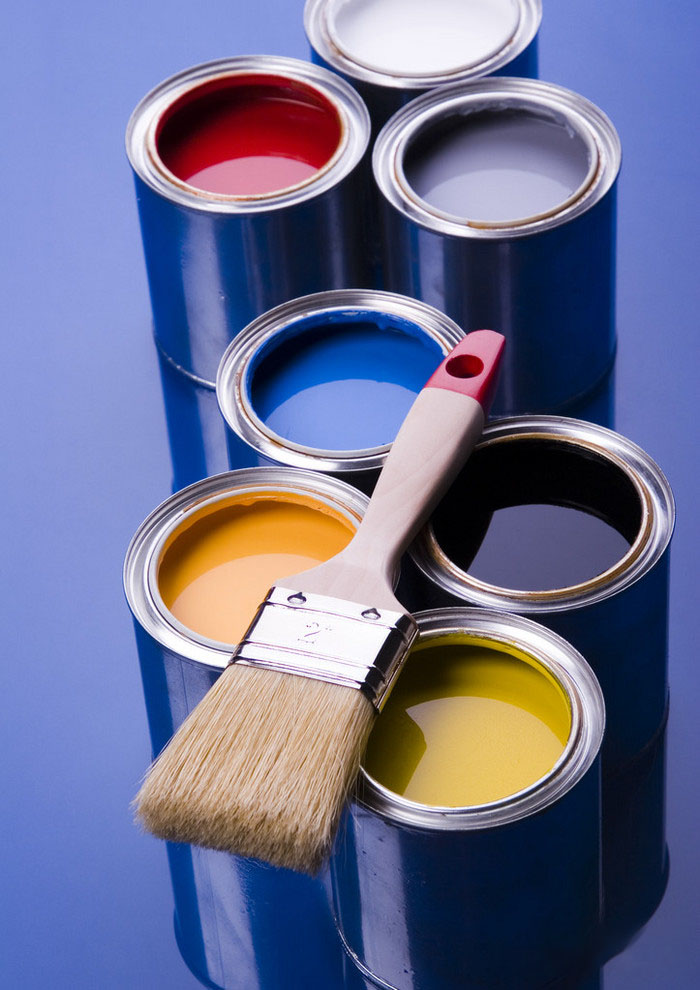

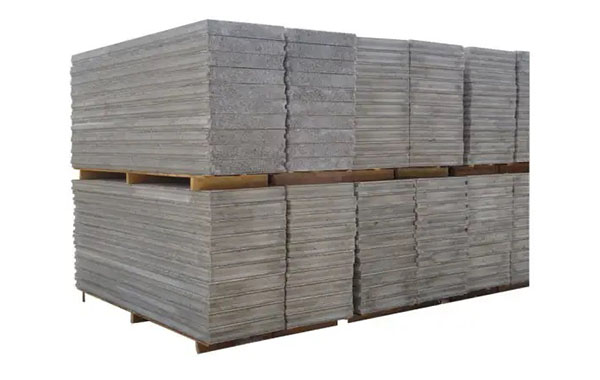
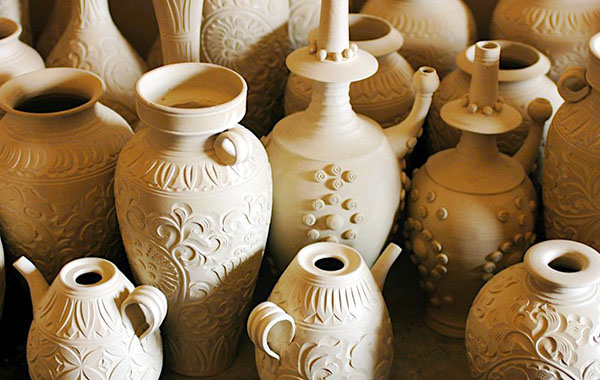
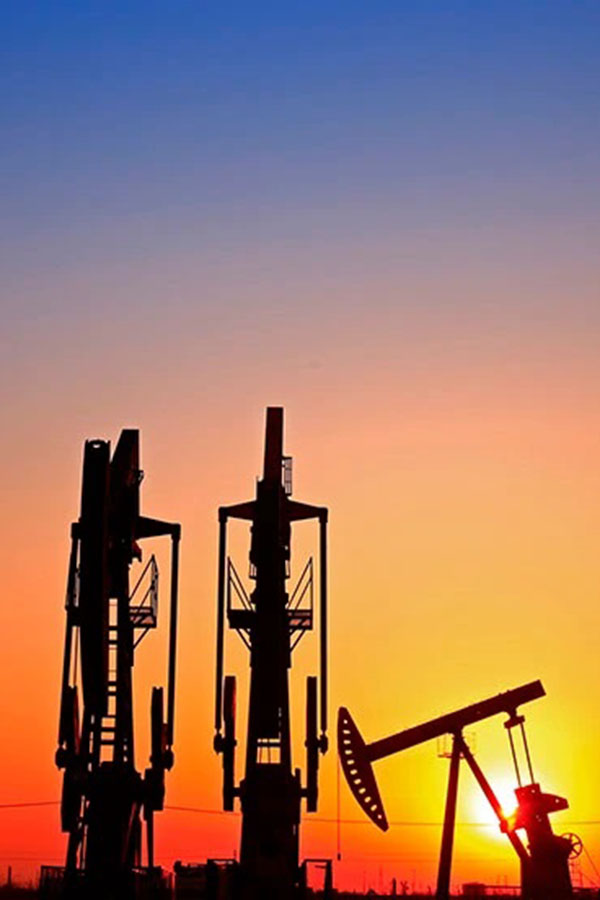

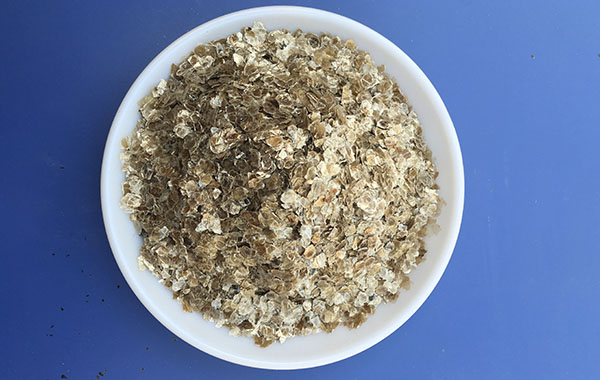
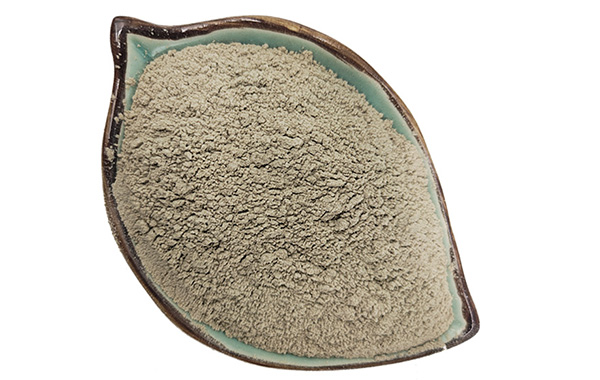
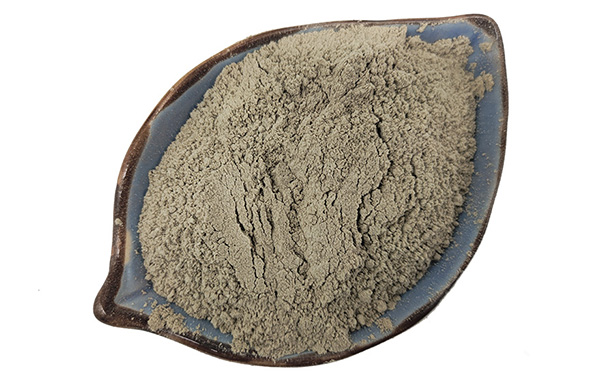
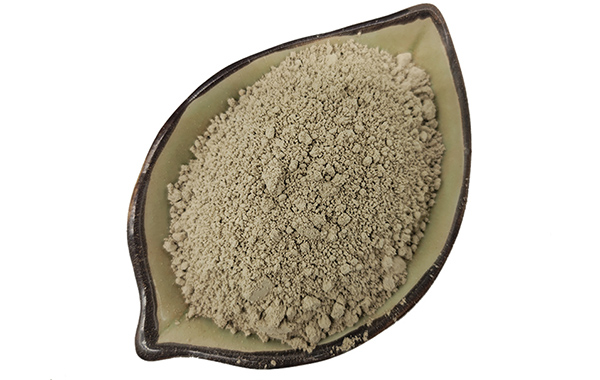
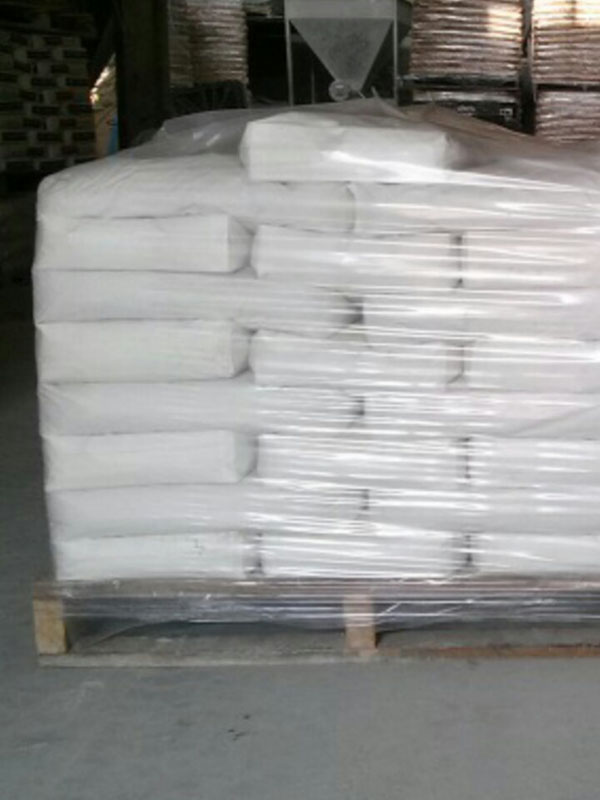
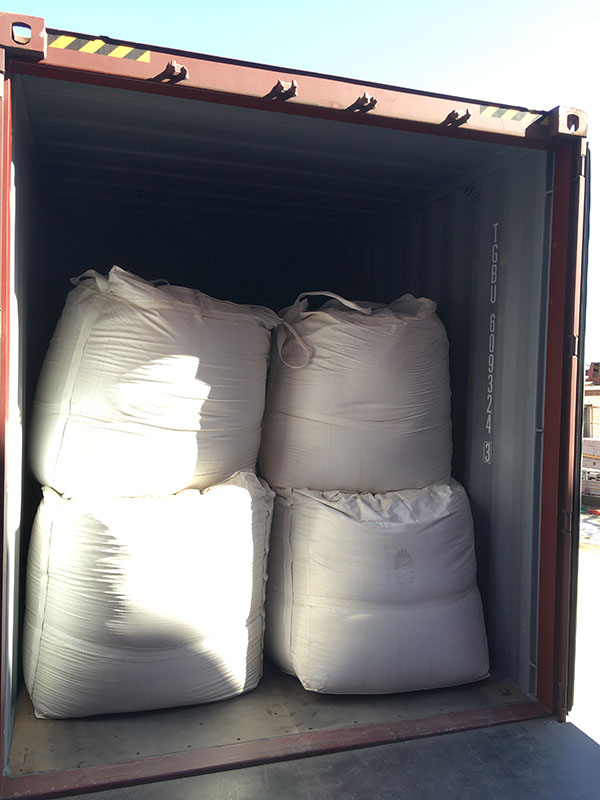
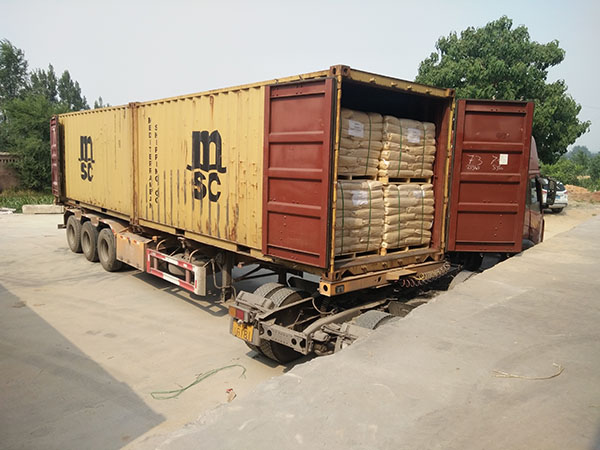
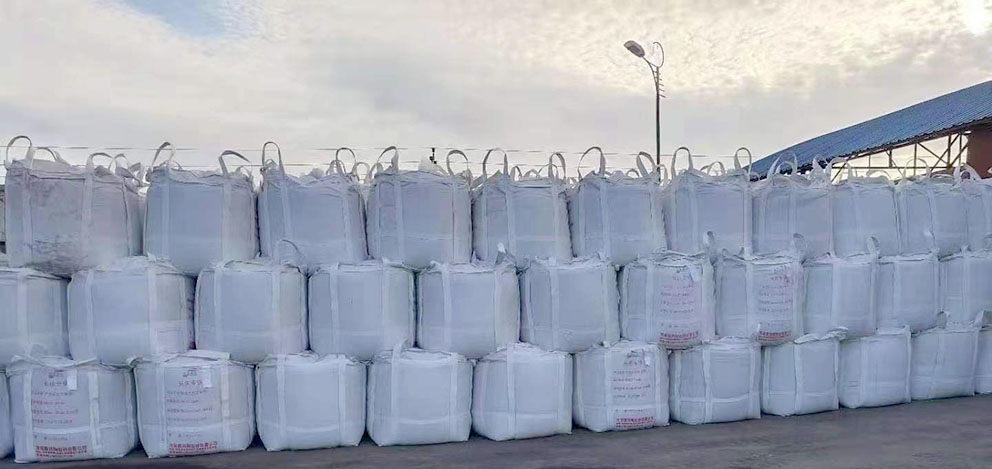
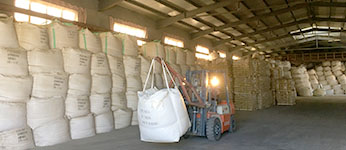
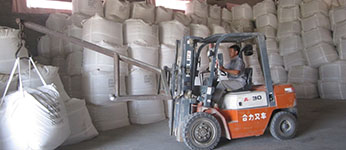
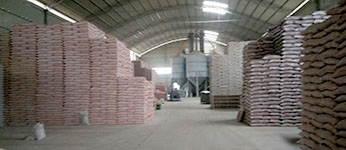
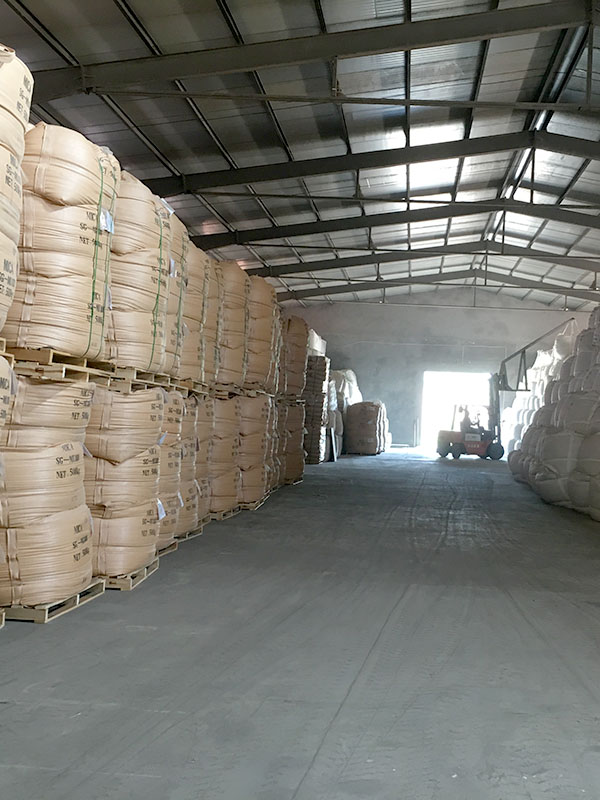
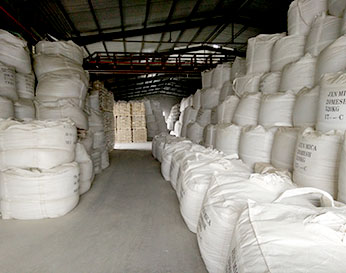
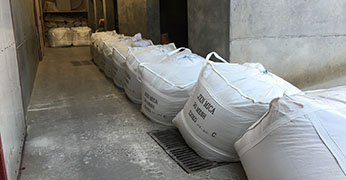
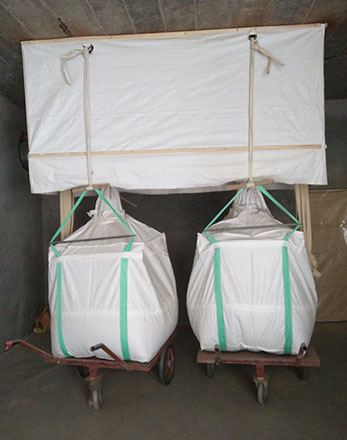
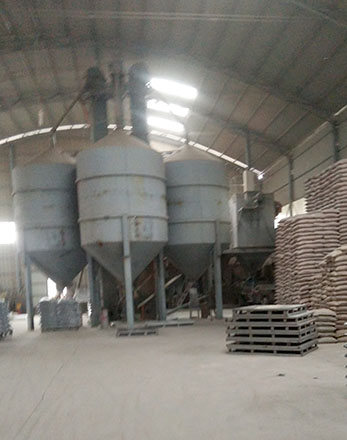
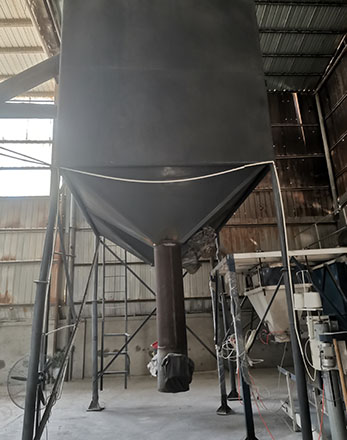

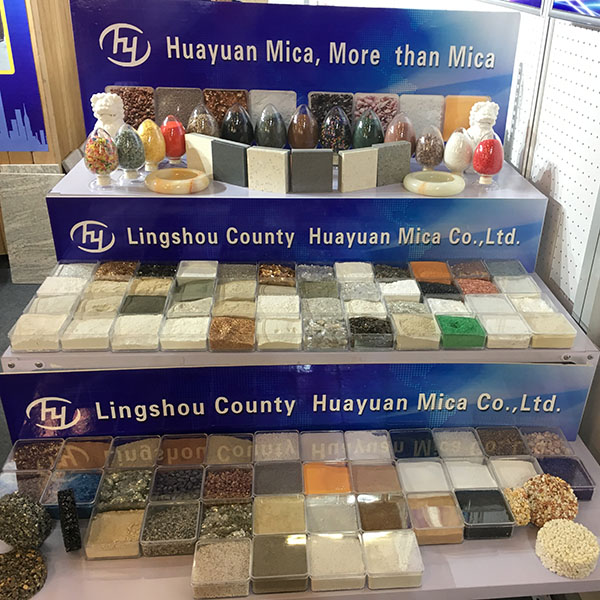








.png)









